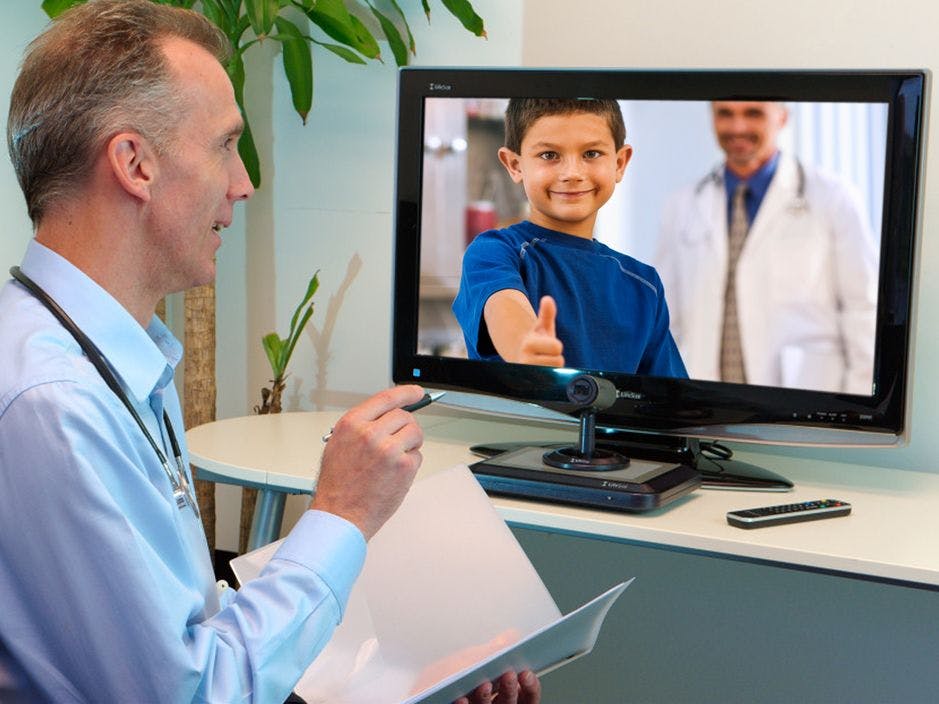The Future of Telemedicine and Virtual Healthcare: Challenges and Opportunities

The Future of Telemedicine and Virtual Healthcare: Challenges and Opportunities
The world of healthcare is rapidly changing, and telemedicine and virtual healthcare are at the forefront of this transformation. Telemedicine is the use of technology to provide medical care remotely, while virtual healthcare is the use of technology to provide medical care without a physical visit to a doctor's office. Both telemedicine and virtual healthcare offer many advantages over traditional in-person visits, including convenience, cost savings, improved access to care, and improved patient outcomes. However, there are also challenges associated with these new technologies that must be addressed in order for them to be successful. In this article, we will explore the challenges and opportunities associated with telemedicine and virtual healthcare.
What is Telemedicine?
Telemedicine is the use of digital information and communication technologies such as computers, smartphones, tablets, video conferencing systems, or other electronic media to provide medical services remotely. It can include diagnosis and treatment of illnesses or injuries as well as providing preventive care such as health education or monitoring vital signs. Telemedicine can be used for both acute (short-term) and chronic (long-term) conditions. It can also be used for follow-up visits after an in-person visit or hospital stay.
Benefits of Telemedicine
Telemedicine offers many benefits over traditional in-person visits. For patients, it provides convenience by eliminating the need to travel to a doctor’s office or hospital for an appointment. It also reduces wait times by allowing patients to connect with their doctor quickly via video conferencing or phone call. Additionally, it can reduce costs by eliminating the need for expensive tests or procedures that may not be necessary if a diagnosis can be made remotely. Finally, it can improve access to care by allowing patients in remote areas or those who have difficulty traveling due to disability or illness to receive medical care without having to leave their home.
Challenges Faced by Telemedicine
Despite its many advantages over traditional in-person visits, there are several challenges associated with telemedicine that must be addressed before it can become widely adopted by healthcare providers and patients alike. One challenge is ensuring patient privacy when using digital communication technologies such as video conferencing systems or smartphones for medical appointments. Additionally, there are concerns about reimbursement for telehealth services from insurance companies as well as legal issues related to prescribing medications remotely without an in-person visit first taking place. Finally, there are technological challenges related to ensuring reliable connections between providers and patients during remote appointments as well as ensuring that all necessary equipment is available on both ends of the connection (e.g., stethoscope).
Opportunities Presented By Virtual Healthcare
In addition to telemedicine, virtual healthcare offers many opportunities for improving access to care while reducing costs associated with traditional in-person visits. Virtual healthcare includes a variety of technologies such as online symptom checkers that allow patients to self-diagnose their condition before seeking professional help; remote monitoring devices that allow doctors to monitor vital signs from afar; artificial intelligence (AI) chatbots that provide automated advice based on patient input; online appointment scheduling systems; electronic health records (EHRs); mobile apps; wearable devices; 3D printing; augmented reality (AR); virtual reality (VR); robotics; nanotechnology; genomics; personalized medicine; big data analytics; machine learning algorithms; blockchain technology; cloud computing platforms; etc., all of which have potential applications in healthcare delivery systems today and into the future.
Conclusion
The future of telemedicine and virtual healthcare presents both challenges and opportunities for improving access to quality care while reducing costs associated with traditional in-person visits. While there are still some technological hurdles that must be overcome before these technologies become widely adopted by providers and patients alike—such as ensuring patient privacy when using digital communication technologies—the potential benefits they offer make them worth exploring further so that they may one day become commonplace within our healthcare system

